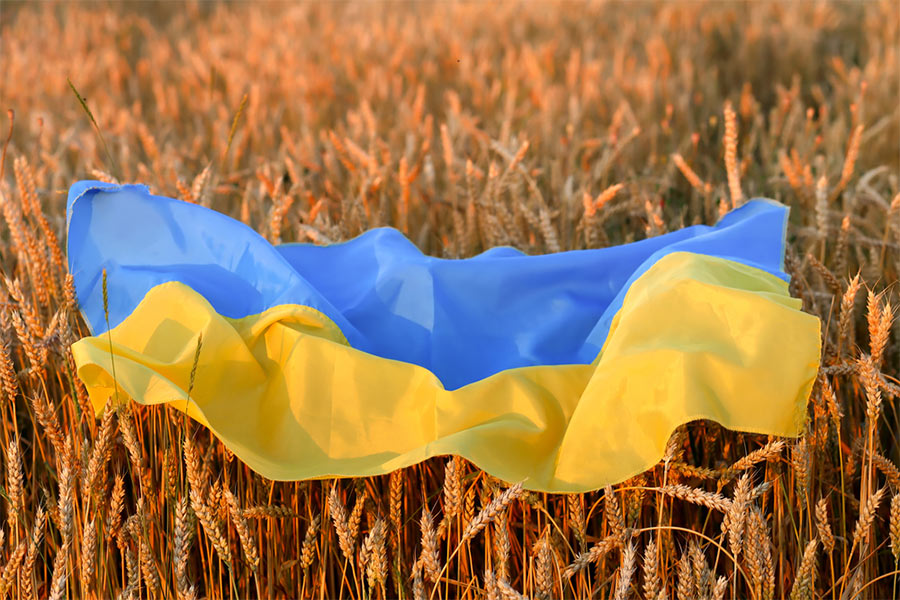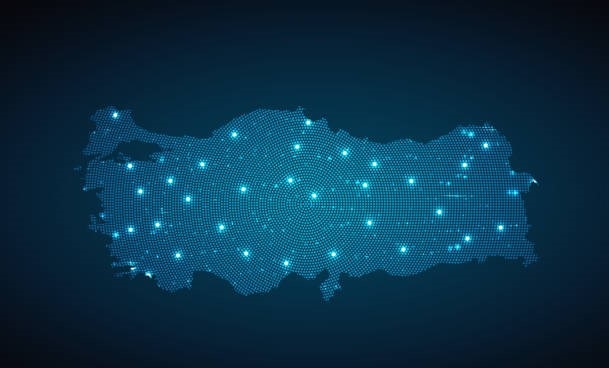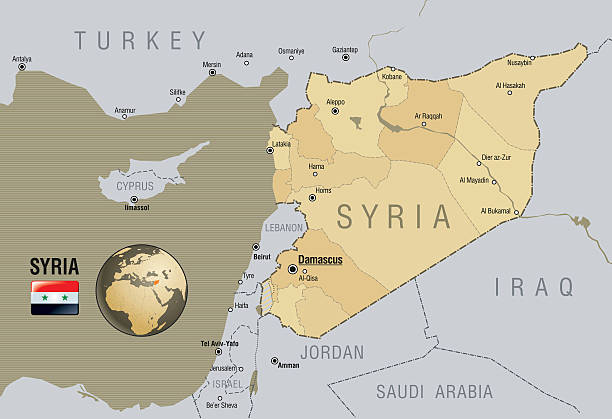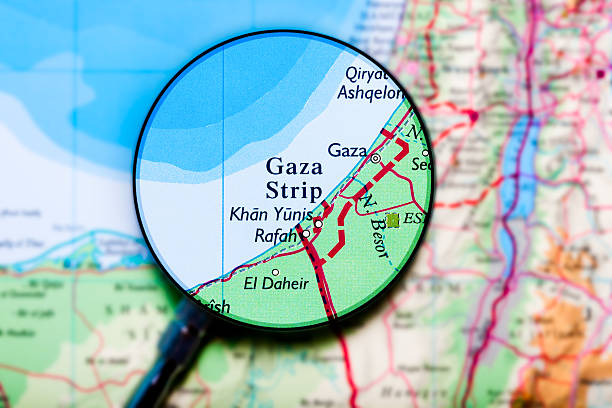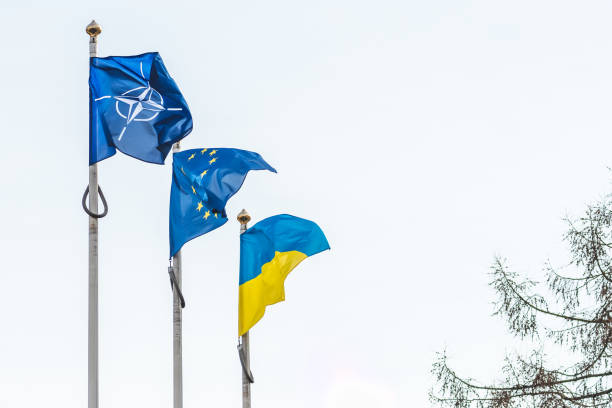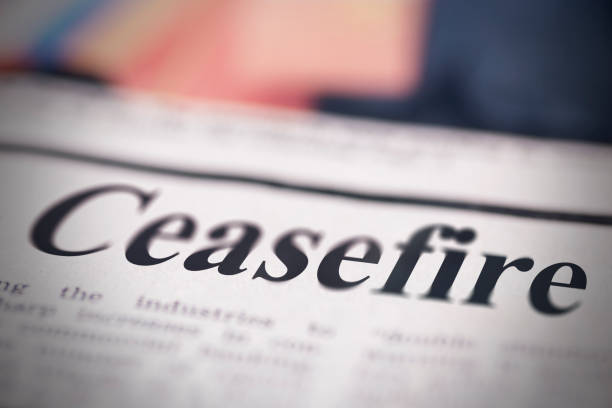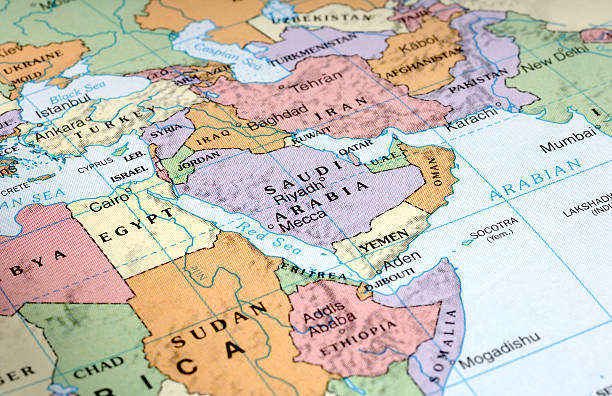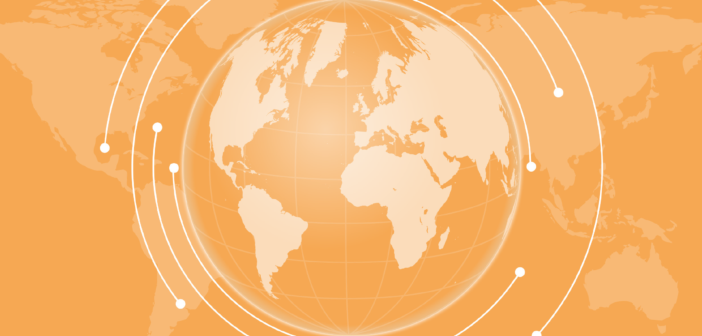
Click here for the full report
UKRAINE CRISIS, THE CHALLENGE FOR THE NORMANDY FORMAT
Ali Tuygan
Since there is no likelihood of Russia and the West coming to an agreement soon on the Russian proposals for a new security architecture in Eurasia, the standoff at Ukraine’s borders has become a stress test for all the involved, but primarily for the people and the leadership of Ukraine.
On the one hand, one sees President Putin sending more and more troops to Ukraine’s borders, keeping everybody guessing, receiving visitors but not traveling anywhere, his trip to Beijing being an exception. Interestingly, Foreign Minister Lavrov had said, a month ago during an interview, that once Washington’s and NATO’s written responses to Russia’s treaty proposals were received, he and Defense Minister Sergey Shoigu would report to President Putin because they were acting on his direct instructions – this was his initiative.[i]
On the other hand, European leaders, senior diplomats remain engaged in frenetic diplomacy, shuttling between Washington, Moscow, and Kyiv, desperate to avoid the worst. But there are some clues as to how the standoff might evolve.
Moscow, in its treaty proposals, has refrained from raising objections to Ukraine’s EU membership. This has encouraged some to look at the Cold War’s “Finlandization” policy as an option.
Seven years ago, Henry Kissinger, in a Washington Post article said, ‘Ukraine should not join NATO… Internationally, Ukraine should pursue a posture comparable to that of Finland. That nation leaves no doubt about its fierce independence and cooperates with the West in most fields but carefully avoids institutional hostility toward Russia.”[ii]
Again, seven years ago, this is what Professor Lieven said in a New York Times op-ed, a day before the signing of the first Minsk Cease-fire Agreement:
“… a political solution… can only consist of a special autonomous status for the Donbass region within Ukraine.
“The West should take advantage of any cease-fire efforts to craft and strongly advocate this solution and should then negotiate the precise terms with Kiev and Moscow…
“To separate the Donbass in this way while preserving the principle of Ukrainian territorial integrity would allow the West to help in developing and consolidating the rest of Ukraine without constant disturbances in the East. This would open the possibility — albeit a long way in the future — of Ukraine joining the European Union; and if the people of the Donbass region at that point choose to secede and lose the benefits of European Union membership — well, so much the worse for them.
“The choice today is not between a united Ukraine fully in the Western camp, or a Ukraine which has lost part of its territory to Russia. As recent military developments have demonstrated, the first outcome is simply not going to happen. The choice is between a Ukraine with an autonomous Donbass region, along with a real chance of developing the country’s democracy and economy in a Western direction, or a Ukraine which will be mired in a half-frozen conflict that will undermine all hopes of progress…”[iii]
In January, he repeated similar views.
However, even if Kyiv and the West were to agree, more than reluctantly, to Ukraine’s Finlandization, this would only be a solution for the long-term. Russia and the West coming to terms on its parameters would be an enormous task. The immediate problem is how to secure de-escalation, the withdrawal of Russian troops. Thus, attention is now focusing on progress in the Normandy format talks.
In the last few days, Chancellor Scholz visited Washington and President Macron went to Moscow and Kyiv.
During their joint press conference in Washington, Chancellor Scholz and President Biden were repeatedly asked about Nord Stream 2. The former did not refer to the project by name but said, “… we made it very clear: If there was a military aggression against Ukraine, this will entail severe consequences that we agreed upon together, severe sanctions that we have worked on together.” President Biden tried to be more reassuring. He said, “… if Russia invades — that means tanks or troops crossing the — the border of Ukraine again — then there will be — we — there will be no longer a Nord Stream 2. We will bring an end to it.”
Last week, before his meeting with President Putin, President Macron told reporters that Finlandization of Ukraine was one of the models on the table.
During their joint press conference in Moscow, President Putin reminded everyone of the three key points of Russia’s security proposals: NATO’s non-expansion, non-deployment of offensive weapon systems near the Russian border, and the return of the bloc’s European capabilities and infrastructure to the 1997 level, when the NATO-Russia Founding Act was signed. He drew attention “to the reluctance of the current Kyiv authorities to meet their commitments under the Minsk Package of Measures and the Normandy format agreements…”
In response to a question, he said, “… one day Kiev says that they will comply, and the next day they say the agreements will destroy their country. The incumbent President recently stated that he does not like a single point of the Minsk agreements. Well, like it or lump it, you have to fulfill them…”
President Macron mentioned the difficulty of telling Sweden and Finland that NATO’s door is closed to them. He mentioned the principles of respect for the sovereignty and territorial integrity of states, the inadmissibility of the threat or the use of force, inviolability of frontiers, and non-interference in internal affairs. He underlined the need for practical de-escalation and stabilization measures.
On the implementation of the Minsk agreements, he said “I told Mr. Zelensky and Mr. Putin that the Minsk agreements alone can really achieve progress and settle the crisis in Ukraine. I will discuss this with President Zelensky tomorrow.”
In Kyiv, Presidents Macron and Zelensky strongly denied reports of discussing the Finlandization of Ukraine. But they must have talked about the Minsk process.
In brief, the implementation of the Minsk agreements could prove the key to de-escalation. But since Kyiv and Moscow have different interpretations of these agreements, their full implementation remains a big challenge. Thus, what to advise Kyiv at this point becomes an important question for the West. On one end of the spectrum is giving total support to Kyiv’s understanding of the Minsk agreements. On the other end is telling Kyiv that the options are giving Moscow most of what it wants or losing Donbas like Crimea. And in the middle is asking President Zelensky to show some flexibility to enable Berlin and Paris to urge Moscow to de-escalate. Because the buildup at Ukraine’s border comes at a political and economic cost and President Putin cannot afford to withdraw Russian troops without having proven his point one way or the other.
So, Berlin and Paris now have to stage a balancing act between those two extremes, needless to add, in consultation with Washington. There is no doubt that energizing the Minsk process has been taken up between Kyiv and the West all along.
Whether Russia would “invade Ukraine” remains the big question. I am inclined to believe that President Putin would not order a full-scale invasion of Ukraine because a bloody war will zero out his theory about the Russians and Ukrainians being one people. Even his harsh words for Ukraine’s leadership cannot possibly resonate with the people of Ukraine. However, the possibility of a limited incursion in Donbas cannot be ruled out.
As I pointed out in my last post, article 4 of the “Treaty Between the United States of America and the Russian Federation on Security Guarantees” proposed by Moscow reads:
“The United States of America shall not establish military bases in the territory of the States of the former Union of Soviet Socialist Republics that are not members of the North Atlantic Treaty Organization, use their infrastructure for any military activities or develop bilateral military cooperation with them.”
Regardless, the current security debate remains focused on European security. While this is understandable to a point in view of the standoff at Ukraine’s borders, it also says something about major powers’ spheres of influence.
—————————————————————————————————
[i] https://mid.ru/en/foreign_policy/news/1794264/
[ii] https://www.washingtonpost.com/opinions/henry-kissinger-to-settle-the-ukraine-crisis-start-at-the-end/2014/03/05/46dad868-a496-11e3-8466-d34c451760b9_story.html
[iii] https://www.nytimes.com/2014/09/04/opinion/a-way-out-for-kiev-and-moscow.html


